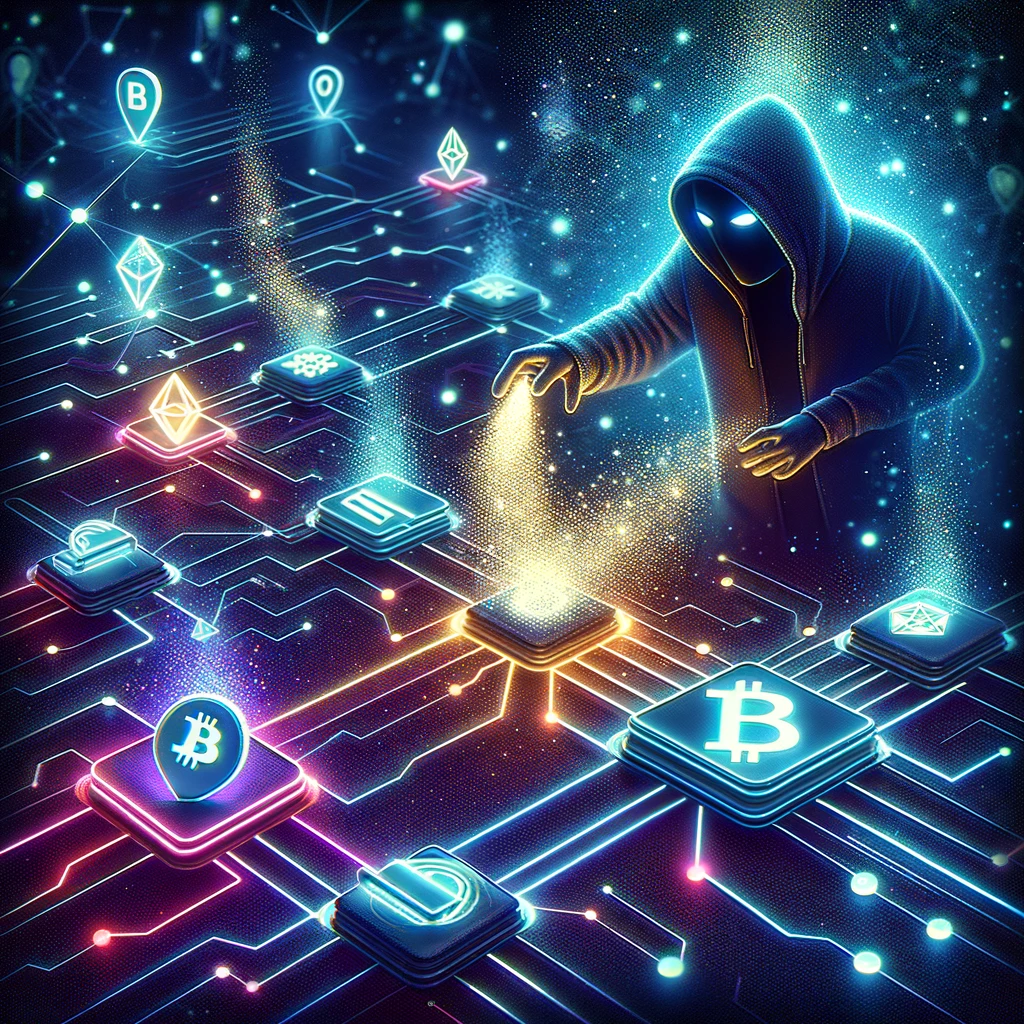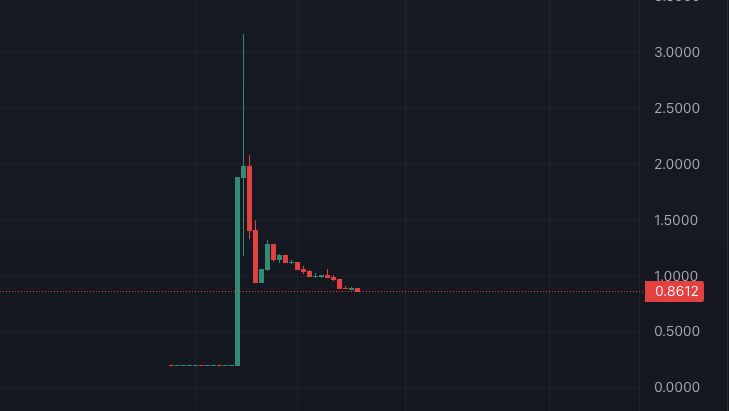
A visual representation of Proof of Work in cryptocurrency—miners solving complex puzzles to secure the blockchain and earn Bitcoin.
A Simple Breakdown of the Tech That Powers Bitcoin
Most people hear the word “Bitcoin” and think magic internet money. But what actually makes it work? What keeps it secure, legit, and impossible to fake? That part comes down to something called Proof of Work (PoW). And no, this isn’t just some nerdy code thing. This is the whole reason Bitcoin even works without a bank in the middle.
Let’s start from the beginning.
What Is Proof of Work?
Proof of Work is a way to secure a blockchain by making computers do a bunch of calculations before they’re allowed to add new transactions.
Think of it like this:
- A bunch of people (miners) are trying to solve a really hard math problem.
- The first one to get it right wins the race.
- They get rewarded with crypto.
- And they earn the right to add the next “block” of data to the blockchain.
This is what keeps everything honest. You can’t cheat the system without doing a ton of work, and everyone else would notice.
Where Did It Come From?
Proof of Work actually wasn’t invented for crypto. It started as a way to stop spam emails. Spam emails!
1993 – The First Idea
Computer scientists Cynthia Dwork and Moni Naor came up with the idea of forcing computers to do a tiny bit of work before sending emails. The goal? Make spamming expensive.
1997 – Hashcash
Adam Back took that concept and created Hashcash. It was a way to prove you did some work using a cryptographic hash. This is still anti-spam focused, but now closer to what we see in crypto.
2004 – RPOW
Hal Finney (yes, the same guy who got the first Bitcoin transaction from Satoshi) created Reusable Proof of Work. This made the work portable, almost like a digital token.
2008 – Bitcoin
Enter Satoshi Nakamoto. Satoshi took those ideas, added them to a peer-to-peer network, and launched Bitcoin. PoW became the backbone of it all.
So… How Does It Actually Work?
Here’s the simple version.
Miners are racing to guess a special number (called a nonce).
They mix this with the data from the latest block.
Then they run it through a hash function (a fancy one-way math formula).
They keep guessing until they find a hash that starts with a bunch of zeros.
It’s all about brute force. Thousands of guesses per second. Pure computing power.
The first miner to get a valid hash wins.
They get to add the new block, and they earn the reward.
Everyone else checks it and agrees it’s legit. If it is, the chain moves on.
That’s how Bitcoin stays secure. There are no middlemen, just math and machines.
Why It Matters
Proof of Work solves the double-spending problem without needing trust.
Nobody can:
- Fake a transaction
- Rewrite history
- Take control of the network (unless they have 51% of total computing power, which is insanely expensive)
It’s not just a system, it’s a game. And cheating that game costs more than playing fair.
Pros and Cons
Why people love it:
- It’s battle-tested. Bitcoin’s been using it since 2009.
- It’s secure as hell.
- It’s simple to verify and anyone can check a block and know it’s real.
Why some people hate it:
- It uses a lot of energy.
- It favors people with expensive hardware.
- It’s slower than newer methods.
Coins That Use Proof of Work
Still running PoW today:
- Bitcoin (BTC) – the OG
- Litecoin (LTC) – faster than Bitcoin
- Dogecoin (DOGE) – yes, the meme coin is real
- Monero (XMR) – privacy-focused
Ethereum used to run on PoW too. But in 2022, it switched to Proof of Stake (PoS) to go green.
What’s Next for Proof of Work?
The big debate now? Energy vs. security.
Critics say PoW burns too much electricity. Supporters say it’s the price of real decentralization. Some miners are turning to renewables. Some countries have banned mining entirely. Meanwhile, Bitcoin just keeps going.
Ethereum has moved on. Most new chains are PoS. But Bitcoin? It’s probably staying PoW for the long haul. And honestly, ETH did a very bad job in price performance against BTC after POS was enacted.
Proof of Work is what lets people all over the world agree on what’s true, without trusting each other at all. And yeah, it’s not perfect. But it works. It’s been working for over a decade. Want to go deeper? We’ll break down the technical side, mining economics, and the energy debate in the next article.
S Taylor is a crypto trader with five years of experience, having navigated a wide range of market dynamics and witnessed numerous scams firsthand. As a former victim of scams, S Taylor turned their focus to blockchain forensics and Solidity Smart Contract development, gaining deep technical expertise in the field. With a unique insider’s perspective, they’ve been involved in various crypto projects, where they’ve seen how developers can exploit vulnerable investors.
S Taylor is also the published author of Meme Coins Made Easy, a comprehensive guide that teaches beginners about cryptocurrency and how to identify and avoid common scams. S Taylor is dedicated to sharing valuable insights and helping the crypto community stay informed and safe.
Disclaimer: This article is for informational purposes only and should not be considered legal, tax, investment, or financial advice.







1 thought on “Why is Proof of Work Required for Bitcoin”